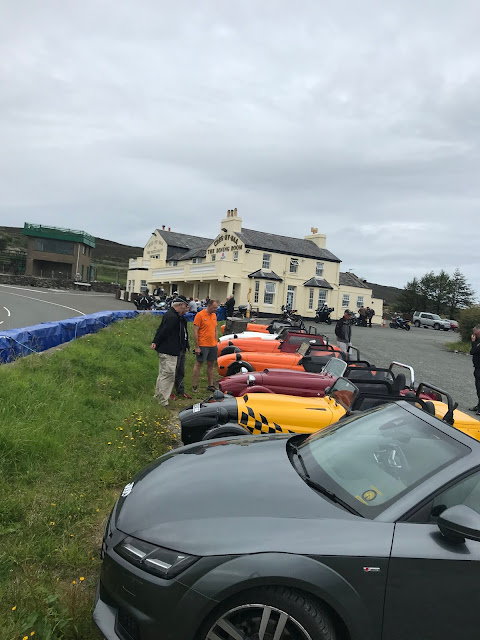When I first built the car I fitted a Hella hi-level rear brake light to the roll bar unfortunately it was flat against a round bar so I filled the gap with self adhesive foam that's got shabby over the years. Quinten - a regular poster on the WSCC Forum had the same problem and designed a filler plate that he provided me a copy of the design. After downloading the CAD file I loaded it into the slicer software - Cura - to make it compatible with the printer. Once copied onto an SD card and loaded into the printer you select the file and off it goes - well once you've levelled it and the plate and nozzle are up to temperature.
halfway through the print of one half
The old foam
The new filler fitted, needs to be moved to the o/s slightly



























